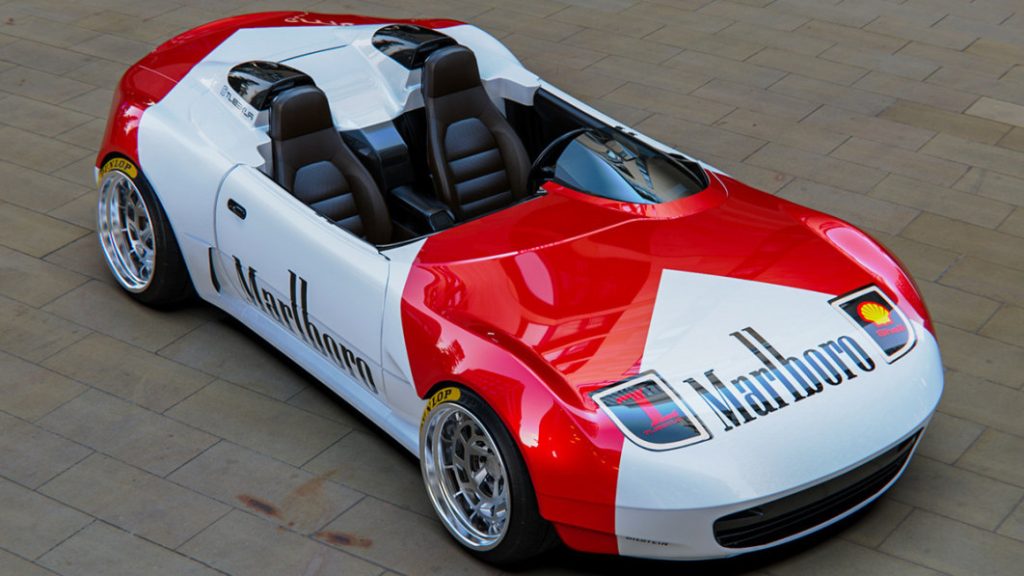Mazda MX Speedster turns a virtual concept into a real roadster

In 2020, artist Kasim Tlibekov designed a virtual Mazda Speedster based on the first-generation NA MX-5 Miata (1990-1997). Done up in two color schemes and slightly stanced, the Miata bones appealed to anyone who could appreciate an affordable custom, yet there was nothing budget about the lines of the glossy, understated bodywork. Tlibekov’s portfolio site makes clear the car is “exclusively licensed & built by Petersen Motorsports.” The render caught eyes at an outfit called Xenex Motorsport, founded by Kim Petersen. Xenex got in touch with Tlibekov in 2021 about turning the pixels into something roadworthy, and now, a year later, Xenex has announced the open-top it’s calling the MX Speedster will be available to order in 2023 and delivered at the end of next year.
Xenex begins by removing 250 pounds from the already featherweight Miata. That brings a car that was 2,360 pounds at its heaviest in 1997 down to 2,110 pounds, which was about the weight of the 1990 Miata. The pieces that make up the paint-ready fiberglass bodykit are engineered in such a way that Petersen told Motor Trend, “We believe that the fit and finish of our fiberglass body panels and parts … is such that a mechanically capable customer could assemble our re-body kit themselves. Each kit will also come with an instructional video that walks them through the entire process.”
Xenex will also offer a carbon fiber kit to those who want to put their cars on a major diet, and there’s a build option to keep the windshield in states that make registering proper old-school roadsters a bit of a hassle. But yes, enthusiast customers or shops will do these conversions, not Xenex.
Customers can massage performance with an upgraded header and cam for the stock engine, or jump into the MX Speedster S that bolts a Fast Forward supercharger to the 1.6- or 1.8-liter four-banger to put down from 160 to 190 horsepower at the wheels. The top-trim MX Speedster RS will be available with a 350-hp LS1 V8. Even the RS weighs under a ton, so the options sheet contains items like Wilwood brakes and a track-focused suspension to help keep everything between the kerbs. Although Xenex says professional drivers are testing three mules to ensure upgrades play nicely together, since these are homebuilt affairs, customers have an unlimited choice for revisions.
Order books will open in January; the first car is expected to be finished on March 1 at a price not yet announced.



